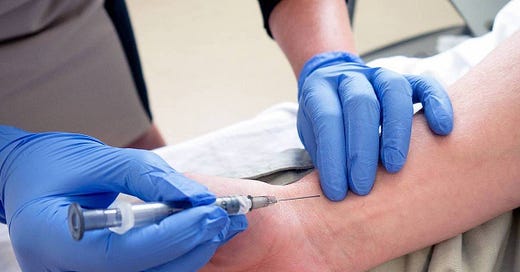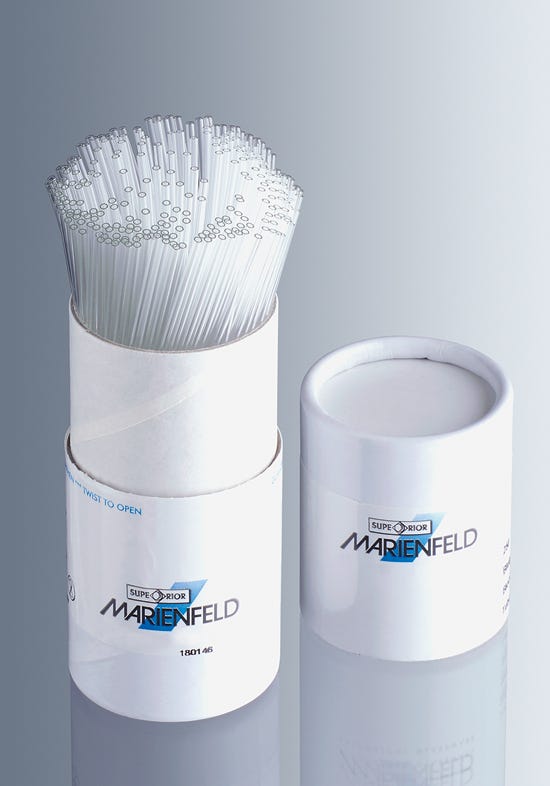Occasionally, healthcare professionals have “fleeting thoughts.” We can wonder why certain process’ don’t work and I guess this is where the whole idea of quality improvement came about. One fleeting thought I had was while doing a capillary gas on a paediatric patient, and that was “why don’t we do cap gas’ on adults too?'“
I mean, ABGs are horribly painful and if you’re someone like me, you’re bound to have multiple tries before finding success. It makes sense theoretically I guess, capillaries are full of small arterioles and getting a blood sample from a fingertip would be no different to an arterial blood sample. This fleeting thought became more “real” when a colleague of mine mentioned that in Australia (not sure how true this is…), doing a capillary gas on COPD patients was standard practice!
ABG vs Capillary gas: which is better?
Fundamentally, the reason why we take an arterial sample is to give us the most accurate representation of gas exchange in the body. This process is disrupted in conditions such as COPD, severe asthma, pulmonary embolism and in metabolic conditions such as acute renal failure. The accuracy allows us to determine the following things:
How much oxygen is required to accurately oxygenate a patient. It is important to be careful in patients with COPD.
When to transition between treatment options e.g. nebulisers vs non-invasive ventilation
What a patients background oxygen levels are especially when considering long term oxygen therapy.
Whether invasive treatment is required or not, particularly in the case of haemofiltration in severe hyperkalaemia.
This means that the clinical question as well as the accuracy of results are the determining factors as to whether cap gas’ can replace ABGs.
Do Capillary Gases Accurately Reflect Arterial Oxygen?
The simple answer is no. Here are some reasons why:
Firstly, some of the oxygen within the arteries is immediately used up by the time it gets to the capillaries which are located in the fingertips. This creates a large arterial-venous difference. In relatively well patients, this difference is larger subsequently creating a greater discrepancy in results.
Unlike an ABG where you are going directly into the radial artery, you are in effect taking a sample from a capillary bed in a cap gas. This means that the sample is a mixture of blood from capillaries and venules. You will also pick up some intracellular and interstitial fluid which may skew the electrolyte distribution.
It’s not that it’s completely inaccurate by the way. Due to the higher pressure in the arterioles relative to the venules, you are more likely to get results closer to arterial blood.
For pCO2, the above applies less. As the capillaries are quite close to the arteries and technically the hand is the only tissue the blood has gone too, the arterial-venous difference is smaller concerning CO2. Therefore, only a small amount of CO2 has entered into the venous blood stream which makes cap gas’ quite accurate for CO2 concentration.
Of course the above is all theoretical but recent studies have demonstrated statistically significant differences in ABG vs cap gas’. A good example is this meta-analysis. Historical studies done on children showed less of a difference in values.
What’s The Conclusion?
Cap gas’ are still the standard in paediatric patients due to both practical reasons as well as good data supporting the practice. In adults, there is no substitute for ABGs where getting an accurate pO2 really can be the difference between life and death. The standard of practice in the UK is to do ABG and despite the relative impracticality, it remains true to the evidence base.
Speaking of ABGs….
We’ve been busy at Pareto delivering webinars as well as producing some awesome written content. Our latest feature is our ABG workbook which explains the core principles of ABG interpretation as well as providing a number of worked examples to help you master them.
This is all available for only £4.99!!
Until next time..
Check us out on our various pages:
Website: www.paretoeducation.co.uk
Instagram: https://tdy.lol/lQSxv
TikTok: https://tdy.lol/AJdzQ
YouTube: https://tdy.lol/ZEoOt
Newsletter: https://tdy.lol/WnTBR
LinkedIn: https://tdy.lol/efLOB






